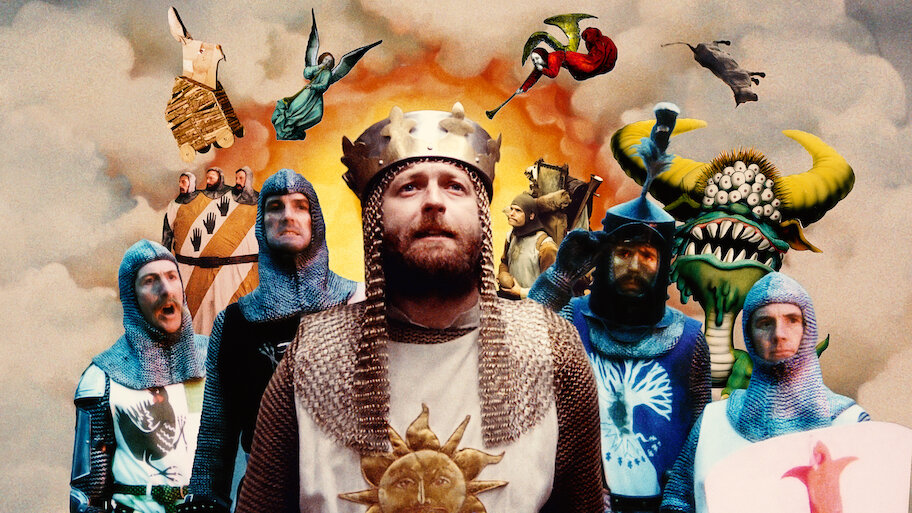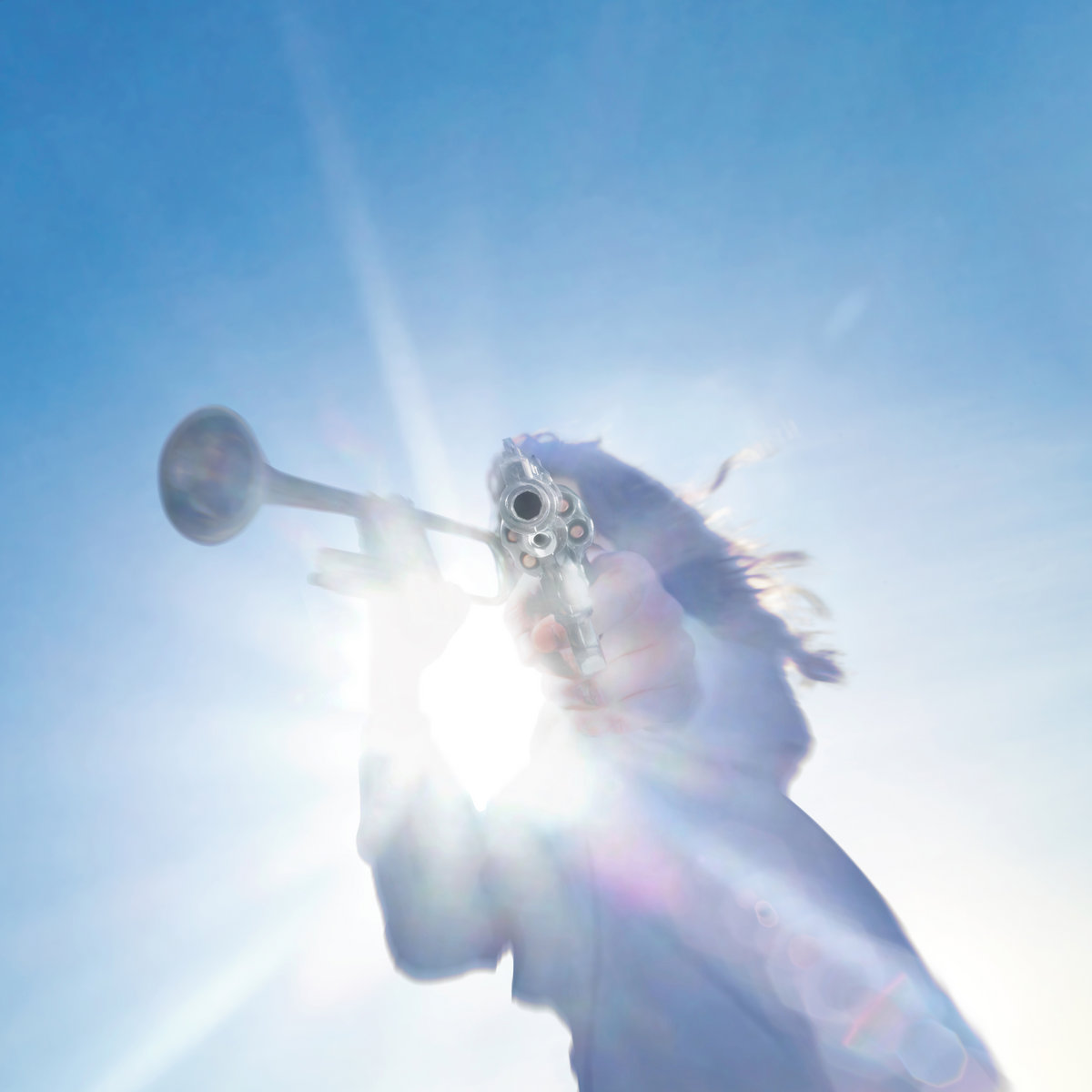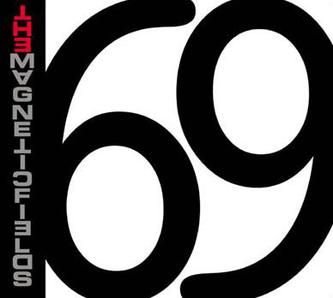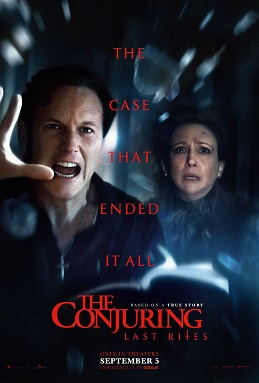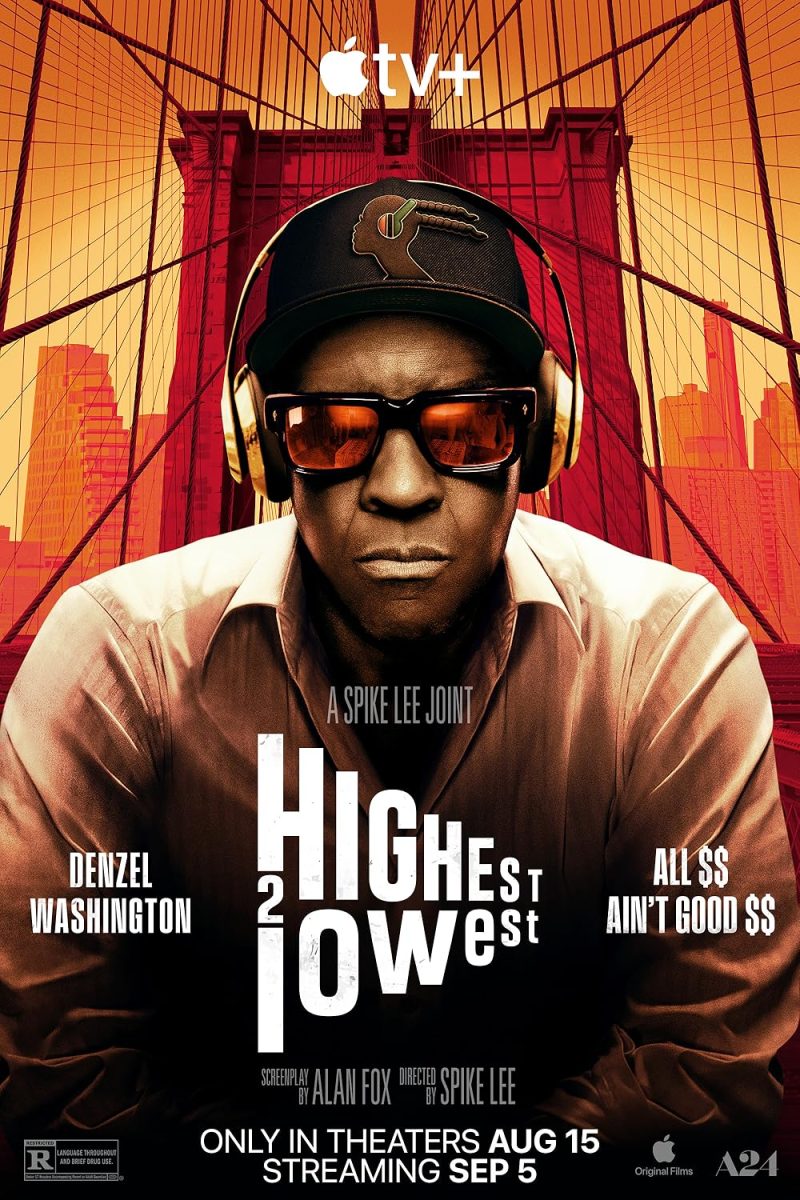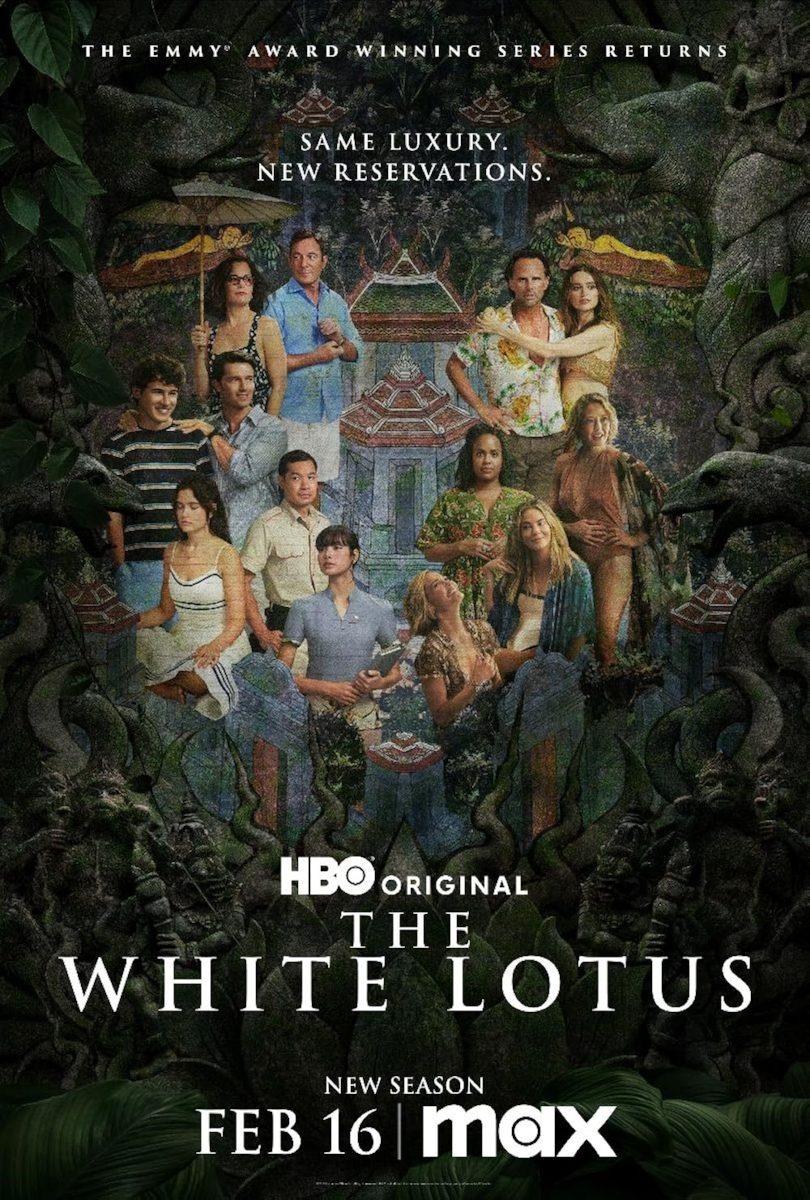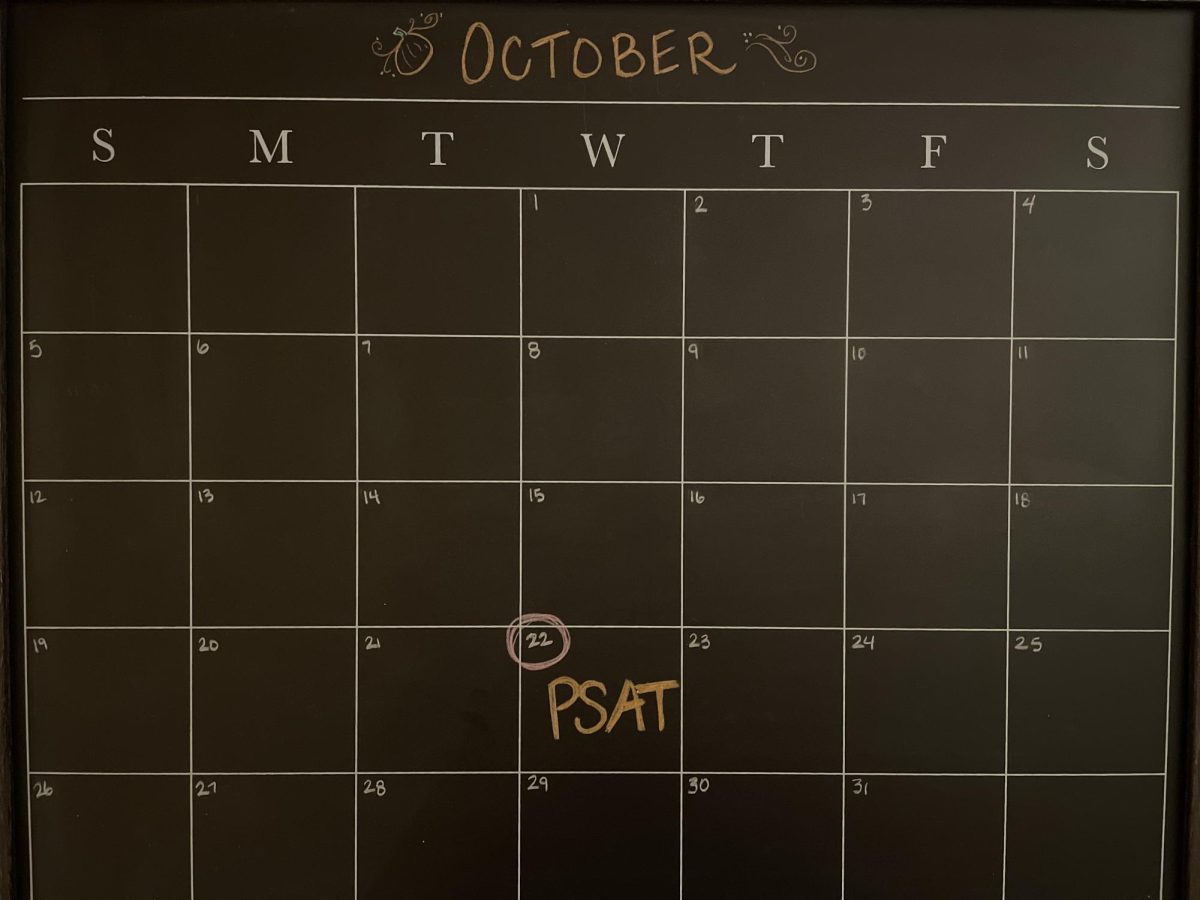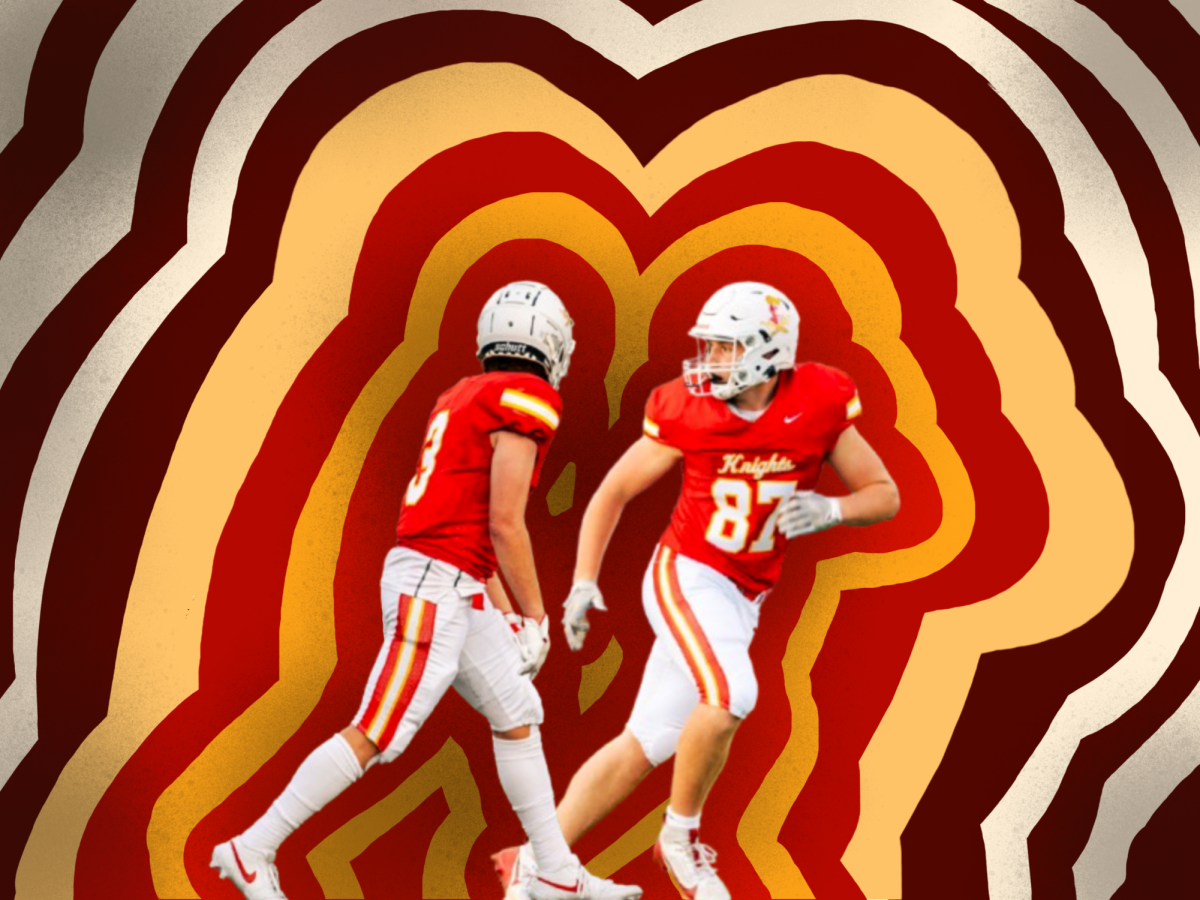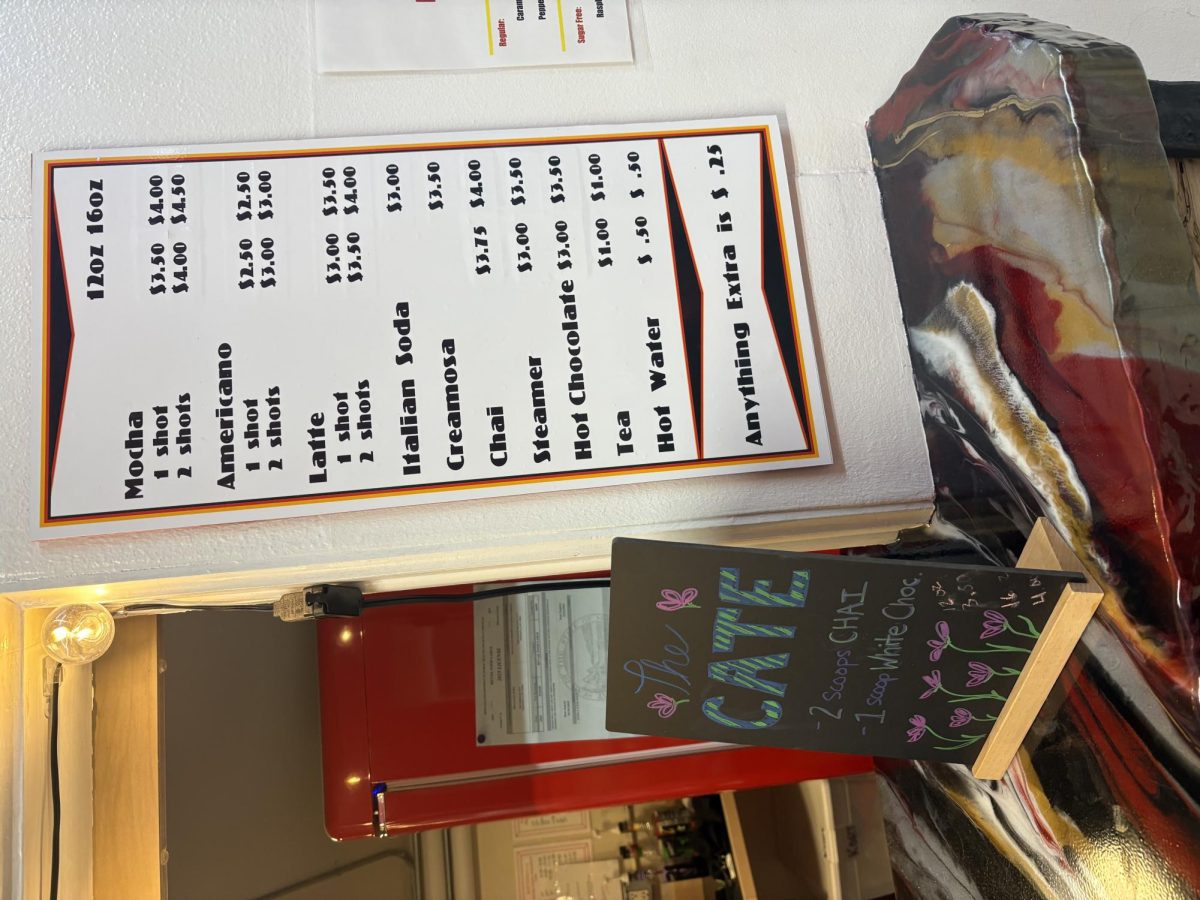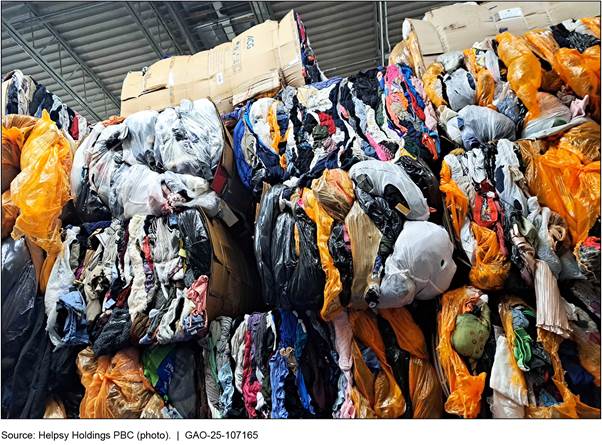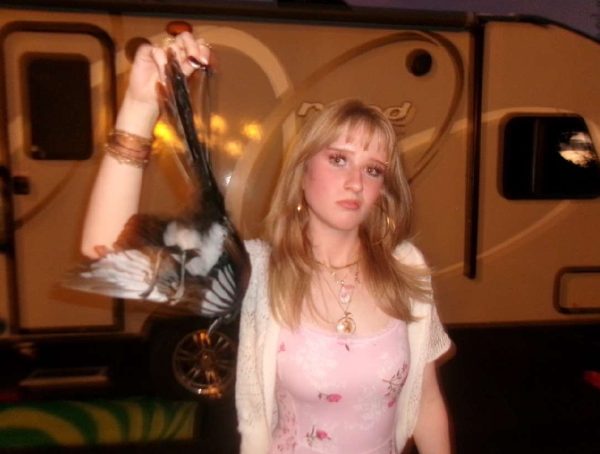This year marks the 50th anniversary of what is widely considered to be the most outlandish Arthurian motion picture ever to hit the big screen. In 1975, Terry Jones and Terry Gilliam made budget-movie history with their surrealist film Monty Python And The Holy Grail. This cult retelling of the classic story King Aurther and His Knights of the Round Table follows King Aurther (Graham Chapman) and his eclectic crew—Sir Bedevere (Terry Jones), Sir Lancelot (John Cleese), the oh-so-brave Sir Robin (Eric Idle), and Sir Galahad the pure (Michael Palin)–on their holy ordained quest for the Holy Grail.
If you claim any credit as a film buff, this fever dream of medieval madness should feel as familiar as it is fantastical.
Filmed in the permanently gray, muddy Scottish countryside, locals still give credit to this ‘70s classic for an uptick in tourism. Doune Castle, a 15th century stronghold that was once home to Scotland’s “Uncrowned King” Regent Albany, infamously served as the den of the movie’s most quoted antagonists: The conniving, mustached French guard and his fellow taunters, who throw insults and farm animals at Arthur’s gang from the castle’s walls:
“You don’t frighten us, English peeg-dogs. Go and boil yourrrrr bottoms, you sons of a seeelly person. I blow my nose at you, so-called ‘Arthur King,’ you and all your silly English Kuh-nuggets!”
The impudent analogies regarding classic literature and the inclusion of French castles in England 100 years before the Norman conquest teeter on dense but remain surreal. The stark background and copious fake fog, juxtaposed with the story’s psychedelic adventure, give it a feel almost like a primitive absurdist stab at documentary film. Understanding the surrounding history is a key part of this production’s success.
To mention this movie without discussing its shoestring budget would be Python treason. Sponsored by British rock royalty— Led Zeppelin, Pink Floyd, and Jethro Tull among them— this parody was made on a £229,575 budget (approximately $400,000 USD in 1975). For comparison, Jaws, released only a year before, cost $12 million. Undaunted by their competitors’ success, co-Creators Jones and Gilliam succumbed to their limitations: coconuts replaced horses, and loops of wool served as chainmail.
resulting aesthetic—grainy film, repetitive shots, and deliberately awkward production design—all become part of the joke.
And it worked. Monty Python and the Holy Grail grossed over $2,000,000 the year it premiered. Never praised for its clean production, critics raved over its unique capability to feel campy and archaic, but somehow never cheap. The film resonated with everyone—from the bored potheads of the ‘70s to pretentious critics chasing the hazy wake—because it dared to take risks. They took every risk, moves that no director would dare greenlight today can be traced back to the innovations of Terry Jones and Terry Gilliam. Monty Python represents a frugal, fearless kind of comedy that remains unparalleled.
Personally, I revered this 1970s twist on King Auther’s epic legend. To be honest, I went into my first time watching not knowing what to expect. Reviews on Letterbxd ranged from “this is one of the best comedies ever made” to “this movie is so low quality it made my brain hurt.” I was wary at first. But within ten minutes, I was laughing so hard I spilled Diet Coke all over my bed. The crude animation, the absurd humor—it was completely disarming.
My personal favorite scene? Obviously it’s the Anthrax Castle sequence, where Sir Galahad the pure is absorbed by a house full of lonely young maidens, barely making it out with his pants. It’s ridiculous, over-the-top, and impossible to forget. The music, the narration, the whole documentary-style framing—it’s surreal in the best way.
To celebrate its 50th anniversary, the Roxy Theater will be showing Monty Python and the Holy Grail Friday, September 23, 2025. If you or anyone you know craves a movie overflowing with ‘70s imagery, British charm, and a touch of irreverence, purchase tickets and experience this award-winning comedy the way it was meant to be seen: in the theater.

